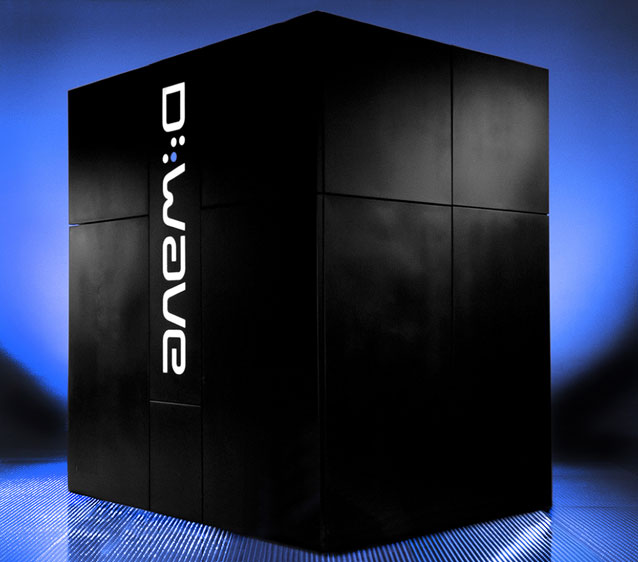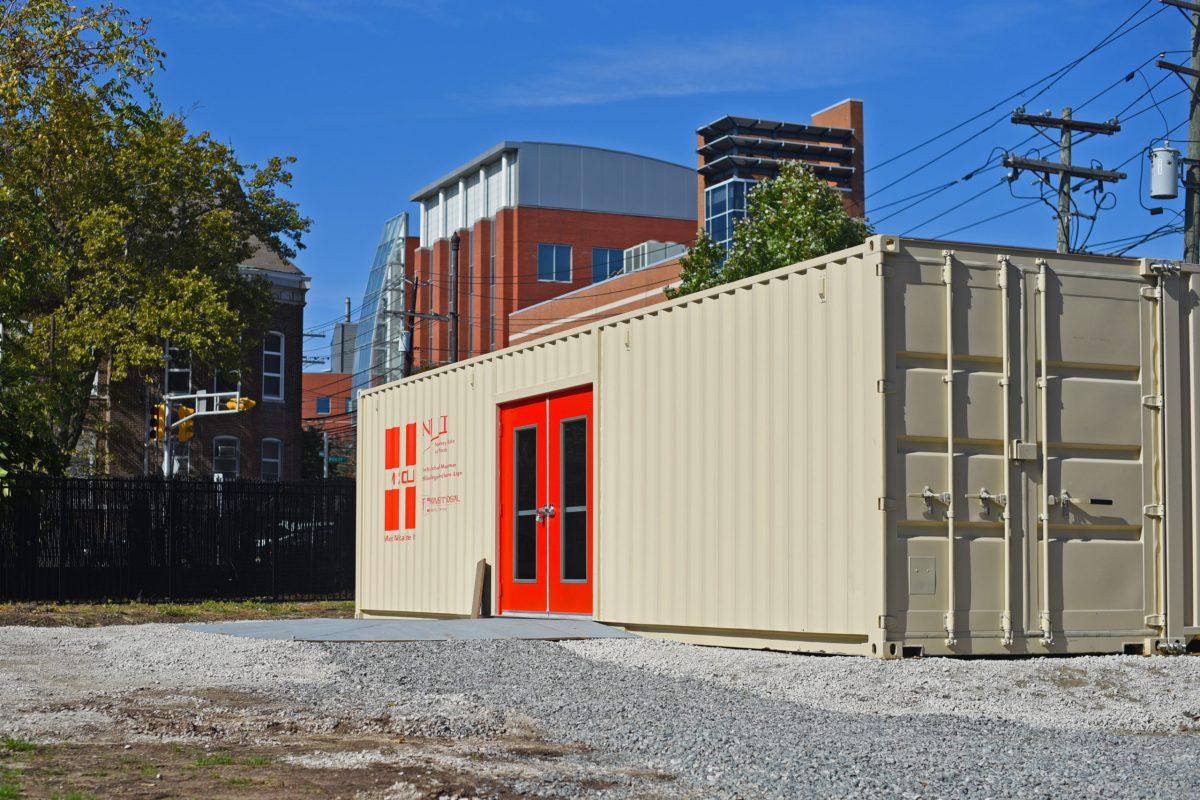In May, Google created its Quantum Artificial Intelligence Lab with NASA using quantum computer hardware they bought from a Canadian company called D-Wave. Since then, we haven’t heard much about what they are doing or how successful they are with it. They only recently broke the silence at the Imagine Science Films Festival in New York, showing off a video that explained what they had been doing and the computer they were doing it with. During this time, Google and NASA had been testing D-Wave’s computer to see if it was, in fact, the first real quantum computer, using quantum entanglement to measure processed results instead of other flawed methods traditionally used.
Traditional computers work by manipulating bits, 1’s and 0’s. Quantum computers use qubits, which can not only represent 1’s and 0’s, but also a number that is simultaneously a 1 and a 0. This allows for a series of qubits to represent multiple sets of data at the same time, whereas bits in a traditional computer can only represent one. Because of this, quantum computers exhibit parallelism, meaning that quantum computers can work on a million operations at once, whereas a traditional computer could only work on one. Some theorize that this is possible because the other operations are performed in other universes. The problem with quantum computers up to this point has been that in measuring the qubit, you change its state.
The famous Schrodinger’s Cat thought experiment was created to explain this very concept. Schrodinger postulated that a cat was put in a box containing a mechanism that released deadly neurotoxins into the box at a random period of time. If he opened the box he would see if the cat was alive or dead, but until that moment, the cat’s state was uncertain, so it could be considered both alive and dead. This is what happens with qubits: they can be “alive” or “dead” (1 or 0) or both, but if you measure them, they default to a single state.
What Google and NASA have been testing is D-Wave’s claim to have successfully implemented quantum entanglement. Quantum entanglement involves taking two particles and “entangling” them by applying an external force. They then become linked in no apparent physical way, but will always share the same state. Using this, you can measure a qubit without measuring it, but by measuring its entangled particle. D-Wave claims to have entangled two particles, then performed operations on one of them. When they perform operations on the particle, they can measure the other entangled particle to find the result of the operation, while preserving the state of the qubit. This enabled them to build one of the first real quantum computers in the world.
Although we know that quantum computing will have incredible benefits in solving certain problems, we have yet to understand just how many problems can be solved with this new technology. Quantum computers are fast. A 30-qubit system (that could one day be in your home) can theoretically run 150 times faster than a 2-2.5 GHz Intel i7 processor. Using this extra power, we could easily solve problems that would have required a super computer. For example, Google would like to solve optimization problems. Say you want to make a trip to Africa, and you want to find the cheapest route through all the cities that you want to visit, but on top of that you have 5 other conditions that you want met. A problem like this takes far more computation time than the average problems that Google will solve for their other services.
D-Wave has made some impressive advances in quantum computing, but it still may be some time before they become reliably useful. The computers still need to be programmed properly, and much research will need to be done on what algorithms are the most efficient in a quantum computing environment. On top of that, the processor needs to be kept at near absolute zero temperatures in order to work. These problems will be solved, however, just as D-Wave solved the problem of quantum entanglement.



































